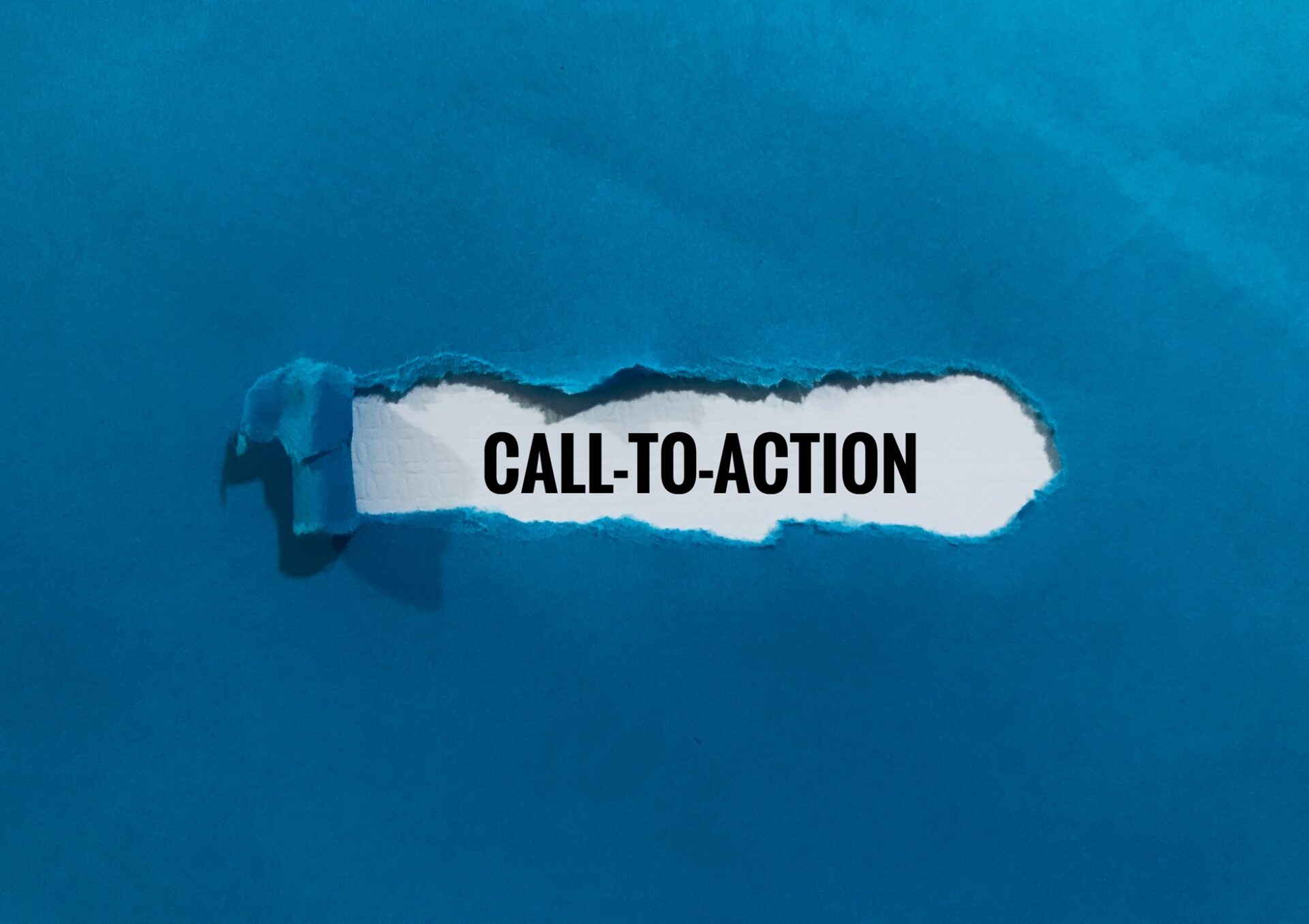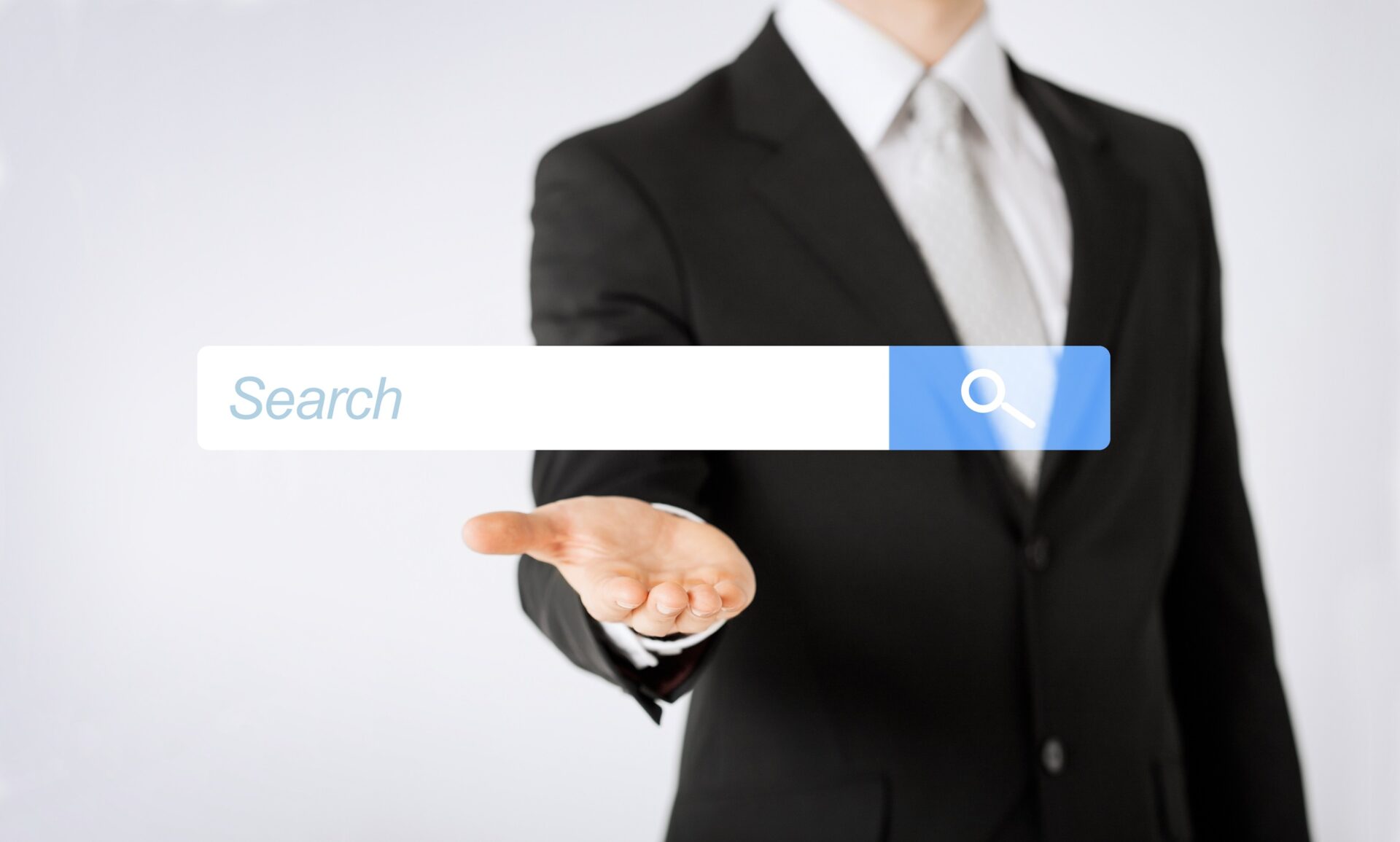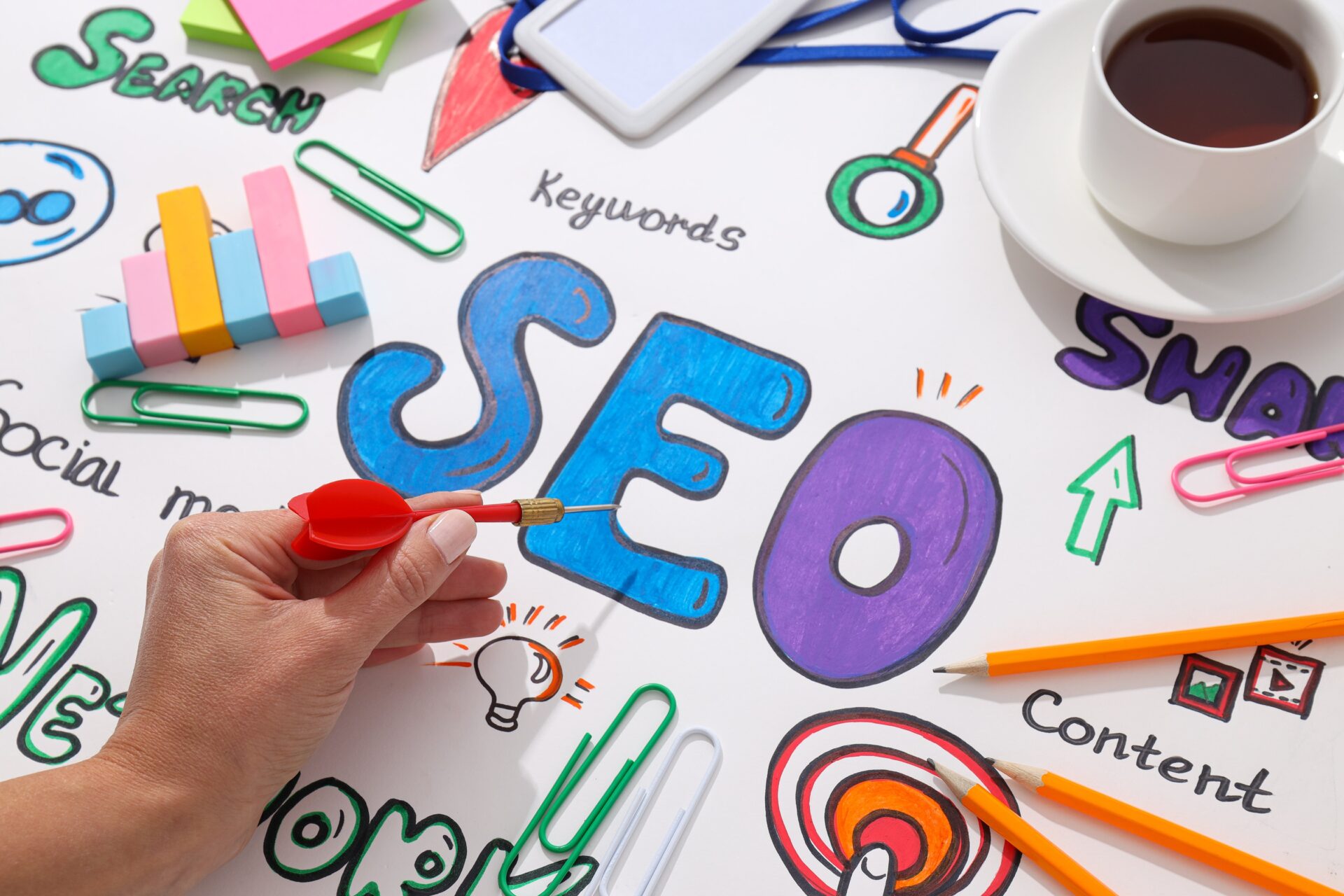
When it comes to landing pages, every aspect is important. You need an engaging headline, enticing copy, a fantastic user experience and, of course, a clear and dare I say “irresistible” call to action (CTA). That’s where the CTA button comes in.
As I’ve said before, the CTA could be anything from a download, to registering for a webinar, to opting in for an e-letter or buying a product. Whichever it is, the CTA button can make all the difference in driving conversions.
But what makes a CTA button effective?
4 Top CTA Button Factors & How to Maximize Them
Today I’m going to reveal the four factors of a CTA button and how to make sure that you maximize the effectiveness of each of these factors to help boost your conversions.
Let’s go!
1. Button Text
The text on your CTA button is your opportunity to make a direct and compelling appeal to your audience. Simple, concise, and benefit-driven text performs best.
Here’s how to nail it:
- Answer the “Why”: Your CTA text should explain why the user should click. Words like “Get,” “Download,” or “Start” paired with a benefit (e.g., “Save 10% Today” or “Get Free Access”) are highly effective.
- Address Anxiety: If visitors hesitate due to uncertainty, incorporate reassuring language. For example, “Start Free Trial – No Card Required” can ease concerns about financial obligations.
- Clarity Is Key: Avoid vague phrases like “Submit” or “Click Here.” Instead, explicitly state what action the customer is taking and what they’ll get in return.
Example:
Instead of “Learn More” → Use “See How We Can Save You Time.”
2. Button Size
When it comes to size, your CTA button needs to strike a balance. Too small, and it risks being overlooked; too large, and it can overwhelm the user. Keep these tips in mind:
- Easy to Spot: Your CTA button should be big enough to catch the user’s eye but remain proportional to other elements on the page.
- Hierarchy Matters: Distinguish primary CTAs from secondary ones. For instance, a “Buy Now” button should be more prominent than a “Learn More” button.
- Keep It Readable: Ensure the text on the button is legible and stands out, even at a glance.
Example:
A bold button with “Sign Up Free” in large, easy-to-read text will outperform a small, understated button.
3. Button Colour
Colour isn’t just about aesthetics; it also plays a crucial role in drawing user attention. Here’s how to approach it:
- Contrasting Colours: Your CTA button should stand out against the page’s background. For instance, if your page uses a lot of neutral tones, a bright orange or green button can immediately grab attention.
- Avoid One-Size-Fits-All: While some claim that specific colours universally convert better, the truth is that it depends on your brand and design. What works for one audience may not work for another. Do some A/B testing to see what works. I’ll talk about A/B testing later in this video
- Consistency with Brand Identity: While contrast is key, ensure the colour isn’t jarring or off-brand.
Example:
If your page background is white or light grey, a blue or red button can create the contrast needed to stand out.
Pro Tip: Contrast doesn’t just apply to the button’s background—it also applies to the text colour. White or black text against a bold button colour ensures readability at all times.
4. Button Placement
The placement of your CTA button is one of the most crucial factors and can significantly impact how many users click it. Here’s how to get it right:
- Above or Below the Fold? While “above the fold” is a commonly suggested placement, it depends on your page. For simpler offers, above the fold ensures quick action. For more complex offers, placing the button below the fold—after explaining the value—may increase conversions.
- Whitespace Matters: Surround your button with plenty of whitespace to make it stand out. Avoid cluttering the area with unnecessary elements like unrelated links, text, or social media icons.
- Connection with Content: The CTA should feel like a natural next step in the user’s journey. Don’t place it too far from relevant copy or images or it may seem disconnected.
Example:
On an eCommerce site, a product description followed immediately by a bold “Add to Cart” button ensures relevancy and encourages action.
The Benefits of A/B Testing for CTA Buttons
Optimizing CTA buttons isn’t a one-and-done job—it’s an ongoing process. This is where A/B testing becomes invaluable. By experimenting with variations of text, size, colour, and placement, you can gather data on what resonates most with your audience. Here’s why A/B testing is so substantial:
- Data-Driven Decisions: Rather than relying on assumptions, testing allows you to make decisions backed by real user behaviour and preferences.
- Higher Conversion Rates: Small tweaks, such as changing the text from “Learn More” to “See How We Can Help,” can have a significant impact on click-through rates.
- Continuous Improvement: Marketing trends and user preferences evolve. Regular testing ensures your CTAs remain optimized as behaviours change.
- Challenge Existing Norms: Some established practices, like using certain “universal colours,” may not work for your brand. Testing lets you validate what works best for your unique context.
Example of A/B Testing:
Test whether “Start Free Trial” outperforms “Try It Free for 30 Days.” Similarly, experiment with placing a button higher or lower on the page to determine optimal placement.
Finding the Right Call-to-Action Button Formula
Your CTA buttons are the bridge between a curious visitor and a conversion. By focusing on text, size, colour, and placement, you can create buttons that encourage action, guide user behavior, and ultimately boost your conversion rates.
But remember, no formula is universal. Combining these best practices with consistent A/B testing will help you fine-tune your approach and ensure that your CTAs are tailored to your audience’s preferences.
Reach out to Numero Uno Web Solutions today to see how we can optimize your CTA and overall content marketing to drive maximized customer engagement.



